The entire human race is responsible for the quickly depleting condition of our natural resources and the ever-rising pollution around us. This is mainly due to the carelessness shown for centuries by not being responsible for proper garbage disposal. In any case, garbage remains garbage, and timely rubbish removal services are required for complete disposal and waste management. This garbage is categorised into five different types –
- Liquid Waste
- Solid Waste
- Organic Waste
- Recyclable Waste
- Hazardous Waste
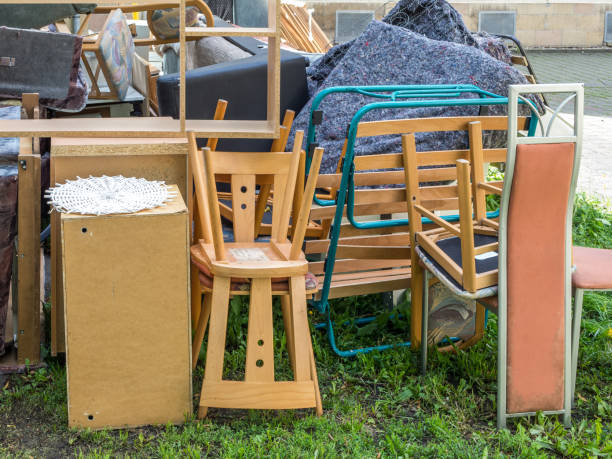
In this post, we have broken down all these five types of garbage and attempted to answer the questions that people have related to them.
What Is Liquid Waste?
The name suggests that liquid waste refers to all types of garbage and rubbish available in liquid form. This can include grease, animal fat, waste detergents, oils, sludge, sanitary sewerage, storm sewerage, mixed sewerage, etc. In some cases, this liquid waste can be hazardous or toxic for nature and humans. They can cause a disbalancing of the aquatic ecosystem and harm marine life significantly. The liquid can also penetrate the soil and become a reason behind the death of flora and fauna in the absence of timely liquid waste removal. This will eventually lead to biodiversity loss and also pose life-threatening risks to pets and humans and, particularly kids.
What Methods Can Be Used For Liquid Waste Disposal?
Disposing of liquid waste very carefully is the first mission, followed by ensuring that the correct disposal method is used. It has to be ensured that it does not harm anyone, anything, in any way. Experts of rubbish removal services recommend three standard disposal processes for liquid garbage.
- Incineration
- Dewatering
- Composting
Incineration
This process remains the most common disposal method for liquid waste like acids, chemicals and oils. The problem with incineration is that it consumes a significant amount of energy and, at the same time, releases enormous amounts of toxins and greenhouse gases.
Dewatering
The second method, dewatering, is suitable for non-hazardous liquid garbage that is pumped into a bag to separate water from the slurry or the debris. This water can be treated, filtered and either reused or released into nature. The remaining solid waste is disposed of at the landfill sites.
Composting
Composting is another method for disposing of liquid waste and is used mainly for non-hazardous liquid waste removal and disposal. Till now, it has shown the best results in terms of liquid rubbish removal and disposal while not harming the environment or the wallets of the companies.
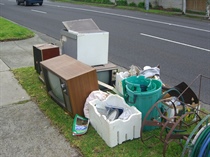
What Is Solid Waste?
Solid waste includes every waste material generated from households, industrial and commercial settings, etc. This category is further categorised into four main categories.
- Glass and ceramics
- Consists of broken glass cups, ceramic plates
- Plastic waste
- Containers, bottles and bags made from plastic
- Tins and metal cans
- Paper/ card waste:
- Newspapers, packaging materials, cardboard
Managing and disposing of solid waste is relatively easy compared to liquid rubbish removal, as environmental hygiene is the only concern. Solid waste can be composted, processed, recycled and treated before disposal at the landfill sites. The goal is to protect the environment and use or reuse everything possible from solid waste through recycling.
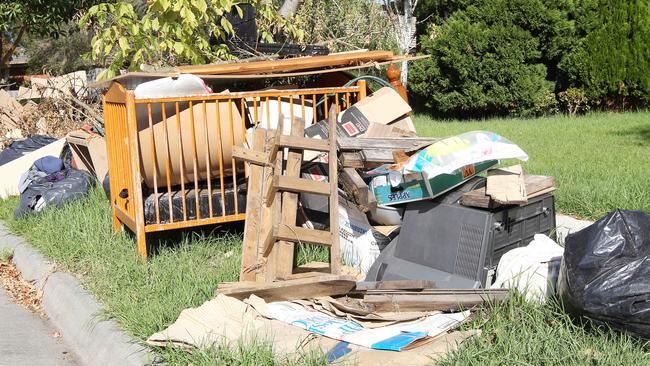
What Is Organic Waste?
The 'easiest to handle' waste is the organic waste found in households across the globe. This mainly includes food waste and garden organics that can be broken down or decomposed to ensure that they don't harm nature. The biggest USP is that organic rubbish is entirely biodegradable, and composting and conversion are the two most used methods for organic waste removal and disposal. Some rubbish removal companies recommend burying organic waste at landfill sites, but this has a couple of problems associated with the process.
Firstly, organic waste can be helpful for you, as you can convert it into compost to improve the quality of your garden's soil.
Organic waste is likely to undergo anaerobic decomposition at landfill sites due to the lack of oxygen. This anaerobic decomposition produces methane – the most hazardous greenhouse gas.
Examples Of Organic Waste Include:
- Paper
- Food scraps
- Coffee grounds, apple cores, eggshells and other food by-products
- Green waste, garden trimmings, fallen leaves and pulled weeds
- Plants and cut flowers
- Livestock manure
- Cardboard packaging
What Is Recyclable Waste?
Recycling is considered the most promising rubbish removal or waste removal method globally. It has become the key to preventing valuable and useful materials from being dumped as garbage at landfill sites. By recycling, we reduce the need for new resources to reduce the burden on our natural resources like air, water, Mother Earth and so on. Recyclable waste refers to all the garbage that can be recycled, converted or repurposed into new material, and the top examples are –
- Papers, Newspapers, magazines, and copy paper
- Cardboard
- Glass bottles and jars
- Milk and juice cartons
- Hard plastics, bottles and containers
- Steel, tin and aluminium cans and empty aerosols
Some important points must be considered while recycling commercial, industrial and household items. They are –
- Recycle only clean bottles, cans and paper items
- Avoiding dumping food scraps, liquids and organic garbage, as well as hazardous garbage, in the recycling bin
- Loose plastics and bad recyclables should not be recycled
Timely waste material recycling and segregation ensure that the waste material sent for dumping at landfill sites does not include any helpful material. This also prevents contamination of air, waterways and the aquatic ecosystem.
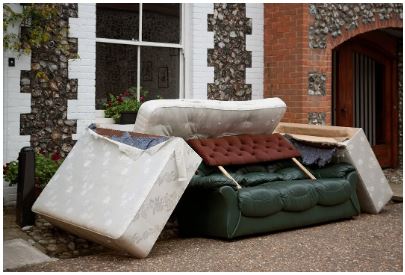
What Is Hazardous Waste?
According to rubbish removal experts, hazardous waste is the most challenging waste material to dispose of. The reason is quite obvious that it includes flammable, toxic reactive and corrosive materials. They can harm humans, the environment and communities in no time. The top examples of hazardous waste are –
- Asbestos
- Ammunition
- Chemicals - Chlorine, Pool And Photo Chemicals
- Batteries - Household And Automotive Batteries
- Pesticides, Herbicides, Insecticides And Weed Killers
- Oil (Automotive)
- Bleach, Ammonia
- Paint And Paint Thinners
- Fluorescent Tubes
- Electrical Appliances
How To Dispose Of Hazardous Waste Safely And Effectively?
Waste removal professionals use three ways to dispose of hazardous waste while ensuring that it does not pose any risk or threat.
Recycling
There are exceptions, but it is also a fact that some hazardous waste materials can be recycled or repurposed. For example – paint mixed with different solvents can help in cement manufacturing. Similarly, raw materials like lithium, plastic, and metals can be repurposed to manufacture similar new products. Recycling hazardous material as much as possible ensures that the need for virgin raw material and energy reduces significantly.
Combustion Incineration and Industrial Boilers
Rubbish removal professionals use combustion and incineration to reduce the volume of hazardous waste. Incineration is also done to destroy toxic substances and fetch some energy.
Pyrolysis
This process involves chemically decomposing hazardous garbage in controlled extreme climates. It has to be ensured that the oxygen is not present during pyrolysis. It is ideal for hazardous organic waste, pesticides and similar garbage.
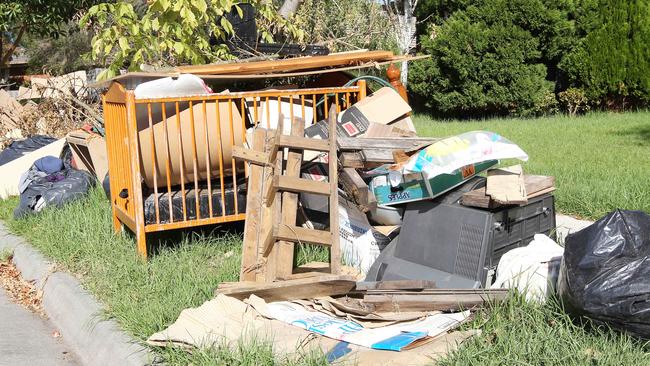

No comments yet